Rosemary B. Bassey writes on 28th August 2021:
Major pigment in Hibiscus sabdariffa: Hibiscin, now known as Daphniphylline? Setting the record straight!
“The major pigment, formerly reported as hibiscin, has been identified as daphniphylline” [1]. This statement, quoted from Wikipedia’s compilation on phytochemicals found in roselle (Hibiscus sabdariffa L.) has been re-quoted in many articles, for decades, mostly without any references. This could not be further from the truth!
Firstly, daphniphylline is one of the alkaloidal components of the plant Daphniphyllum macropodum, in addition to codaphniphylline, neodaphniphylline, yuzurimine, yuzurimine-A, yuzurimine-B and neoyuzurimine [2]. Daphniphyllum macropodum is a broadleaf, evergreen shrub found mostly in Japan, Korea and China; and is mostly harvested as a source of wood used for construction and furniture [3]. Though the roots are deep red in color, daphniphylline is insoluble in water with a melting point of 238–240 °C and characteristic peaks of 272 and 286 using mass spectra. There are no data suggesting that daphniphylline has any dye properties.
Secondly, Hibiscin is a crystalline anthocyanin dye that was extracted from Hibiscus sabdariffa in 1932 by Yamamota and Oshima [4]. This was thereafter used to stain DNA in frozen sections in 1972 by El-Aaser and Gowali [5] and epithelial mucin in paraffin sections by Gowali in 1982 [6]. H. sabdariffa is a member of the Malvaceae, a family with over seven hundred species, widely distributed in tropical and sub-tropical regions around the world. It is commonly referred to as ‘red sorrel’ or ‘roselle’ and well-known for its medicinal and dyeing properties [7–12]. H. sabdariffa is very rich in anthocyanins, which are flavonoid derivatives and natural pigments [9]. The major delphinidin- and cyanidin-based anthocyanins isolated from H. sabdariffa are delphinidin-3-sambubioside (formerly known as hibiscin), cyanidin-3-sambubioside (formerly called gossypicyanin), and cyanidin-3,5-diglucoside [13].
References.
- Wikipedia. https://en.wikipedia.org/wiki/Roselle_(plant). Accessed 25th August 2021.
- Irikawa, H., et al. (1968). The structures of daphniphylline and codaphniphylline. Tetrahedron 24(16): 5691–5700.
- Daphniphyllum macropodum. https://temperate.theferns.info/plant/Daphniphyllum+macropodum. Accessed 28th August 2021.
- Yamamoto, R. and Osima, Y. (1932). Red coloring matter of Hibiiscus sabdariffa L. (a new glucoside, hibiscin). Sci. Papers Inst. Phys. Chem. Res. Tokyo 19: 134–141.
- El-Aaser A.B.A., G.F.M. (1976). A new stain for histochemical demonstration of DNA isolated from Hibiscus sabdariffa (karkadeh). Med. J. Cairo Univ. 44: 355–359.
- Gowali, F.M. (1982). Hibiscin for mucin. Stain Technol. 57(1): 57-58.
- Bassey, R.B., et al. (2012). Factors influencing extract of Hibiscus sabdariffa staining of rat testes. Biotech. Histochem. 87(6): 403-407.
- Ali, B.H., Al Wabel, N. and Blunden, G. (2005). Phytochemical, pharmacological and toxicological aspects of Hibiscus sabdariffa L.: a review. Phytother. Res. 19(5): 369-375.
- Da-Costa-Rocha, I., et al. (2014). Hibiscus sabdariffa L. – a phytochemical and pharmacological review. Food Chem. 165: 424-443.
- Laskar, Y.B. and Mazumder, P.B. (2020). Insight into the molecular evidence supporting the remarkable chemotherapeutic potential of Hibiscus sabdariffa L. Biomed. Pharmacother. 127: 110153. DOI: 10.1016/j.biopha.2020.110153
- Riaz, G. and Chopra R. (2018). A review on phytochemistry and therapeutic uses of Hibiscus sabdariffa L. Biomed. Pharmacother. 102: 575-586.
- Egbujo E.C., Adisa, O.J. and Yahaya, A.B. (2008). A study of the staining effect of roselle (Hibiscus sabdariffa) on the histologic section of the testis. Int. J. Morphol. 26(4): 927-930.
- Madjoub, Y.O.E. et al. (2021). the digestibility of Hibiscus sabdariffa L. polyphenols using an in vitro human digestion model and evaluation of their antimicrobial activity. Nutrients 13(7): 2360 (13 pages).
Rosemary B. Bassey, Ph.D. Department of Science Education, Donald and Barbara Zucker School of Medicine at Hofstra/ Northwell, Hempstead, NY 11549. rosemary.bassey[AT]hofstra.edu
